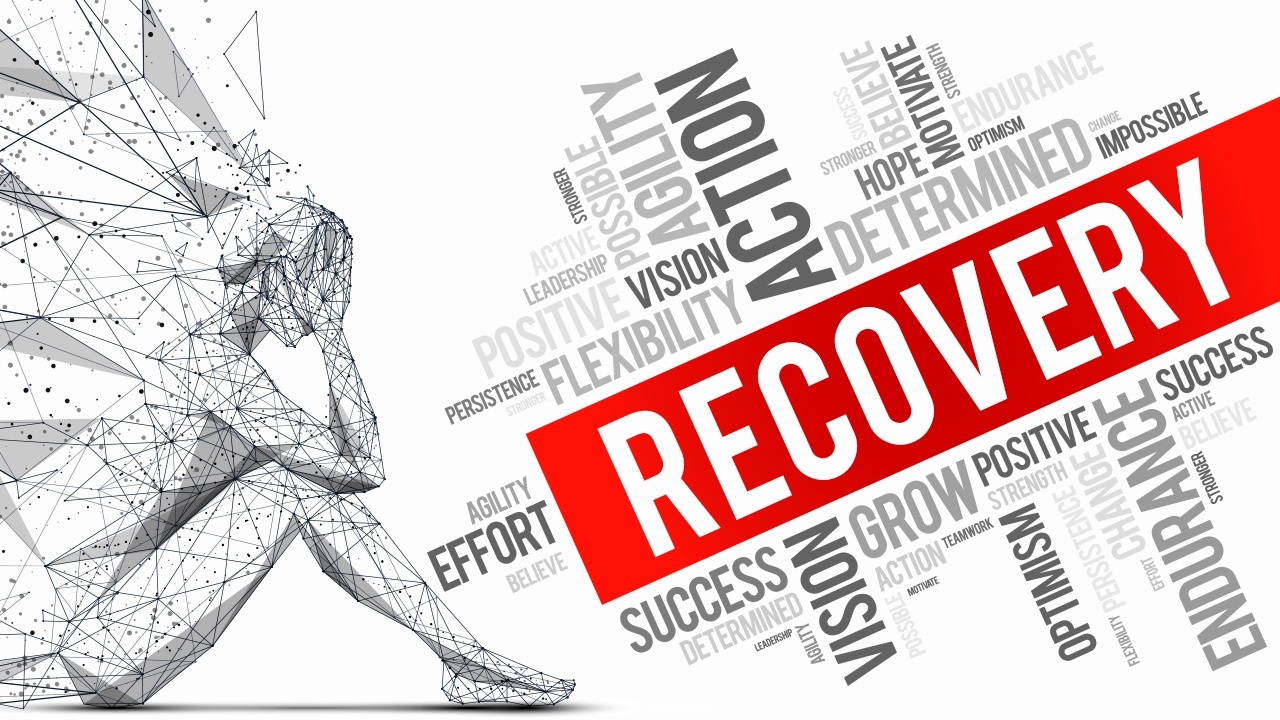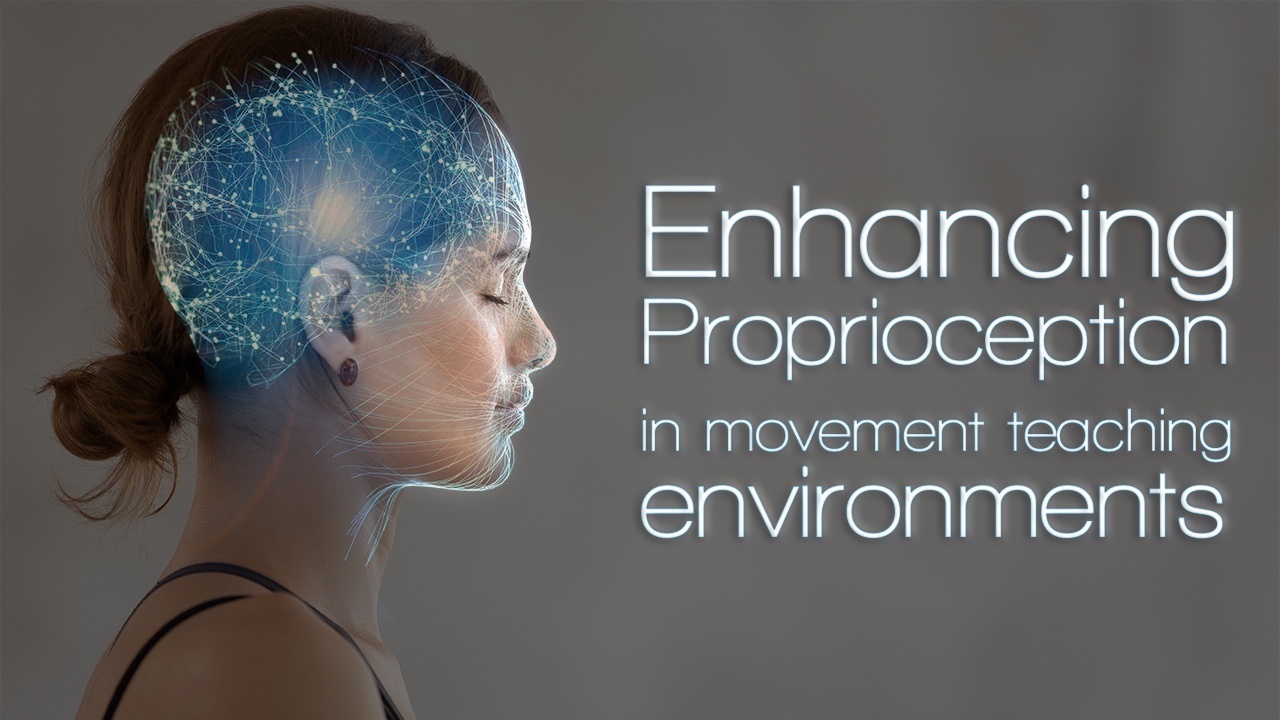One of the most asked questions from Pilates studio clients and studio equipment teacher trainees is “what springs do I need for this exercise?”. The short answer is of course “whatever spring best facilitates the acquisition of the exercise objectives”. However, such an answer demands an answer to ...
This vlog post is from a tutorial previously only available in our professional membership area. However, we feel this is such an important topic we wanted to raise greater awareness to the importance and relevance of individualised approaches to exercise prescription and programming. It poses two v...
In this article we discuss utilising biopsychosocial frameworks for effective diagnosis, treatment, and recovery planning for injured dancers and athletes.
Experiencing an injury can evoke a range of difficult emotions and potentially lead to negative psychological responses and social implications...
The term proprioception has several interpretations, definitions and approaches purporting to enhance it, vary somewhat across research, clinical, and conditioning environments. This article intends to clarify the term and considers how proprioception can be approached by movement teachers and pract...




